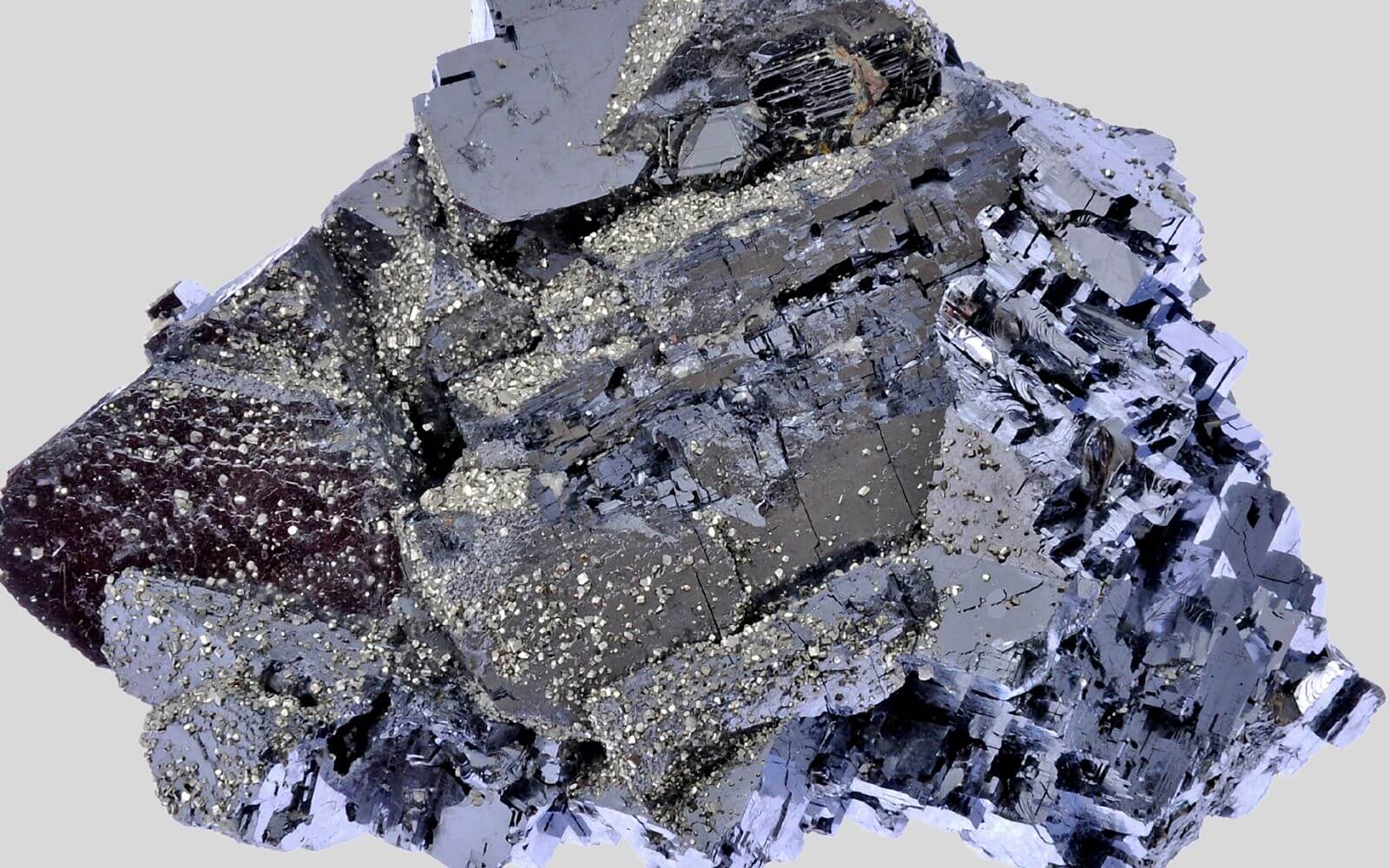
Element of the Month November: Cadmium
Although it is rarely found in nature, it has been used for many areas since the 19th century: cadmium. For example, for nickel-cadmium batteries.
Our Element of the Month owes its name to the Greek word Kadmeia. This is a term for minerals that produced brass when processed with copper ores. One of these minerals was calamine: a mixture of zinc ores and occasional admixtures of cadmium.
Cadmium is silvery shiny, soft and ductile. Particularly typical: cadmium rods emit a kind of crackling noise when bent. This is referred to as “zinc screaming”.
Three scientists discovered new element
Who discovered it? This question cannot be answered unequivocally in the case of cadmium, only the time of discovery is clearly around 1820. At that time, the chemist Carl Wilhelm Gottlob Kastner observed the deposition of a metal in a galvanic cell. He initially thought this was zinc. The chemist Friedrich Strohmeyer discovered a yellow-brown coloration of zinc oxide when heated. In the meantime, the district physician Johann Roloff carried out a drug inspection in Magdeburg. A yellow precipitate precipitated from a zinc-containing solution after it had introduced hydrogen sulfide. None of these three scientists initially realized that they had detected a new element.
Cadmium yellow for the Deutsche Bundespost
Cadmium sulphides and selenides were used as pigments. In the pigments, cations and anions can be substituted, resulting in a range of different color pigments from yellow to rusty red. From 1925 onwards, Bayer AG began producing cadmium yellow on an industrial scale. For a long time, this was used as a substitute for chrome yellow – it was assumed that it would be less toxic. As a result, cadmium yellow was also used in well-known paintings, such as James Ensor’s “Carnival”. In fact, cadmium yellow was the color of the Deutsche Bundespost until 1980. To this day, the yellow mailboxes bear this color.
Today, pigments containing cadmium are still used to restore historical paintings. However, the cadmium content is much lower than it used to be. The pigments are also chemically extremely stable and therefore harmless, provided they are used correctly. Cadmium is also popular as a corrosion inhibitor for other metals and is considered a component in Ni-Cd batteries and semiconductor technology.
We recommend the following products and look forward to your inquiry.
Cadmium Acetate
Cadmium Bromide
Cadmium Chloride
Cadmium Iodide
Cadmium nitrate
Cadmium Oxide
Cadmium Sulfide





 4c media
4c media